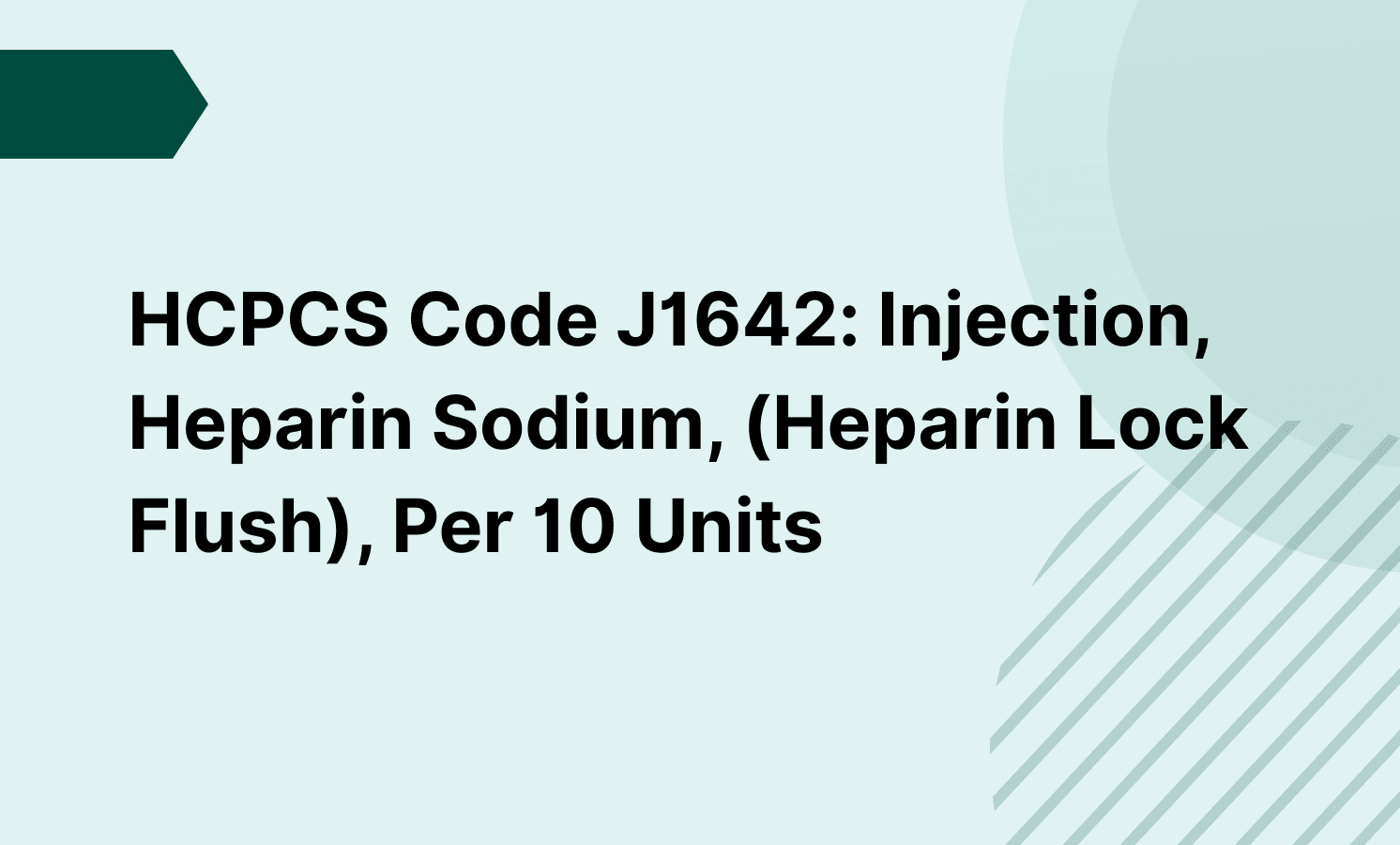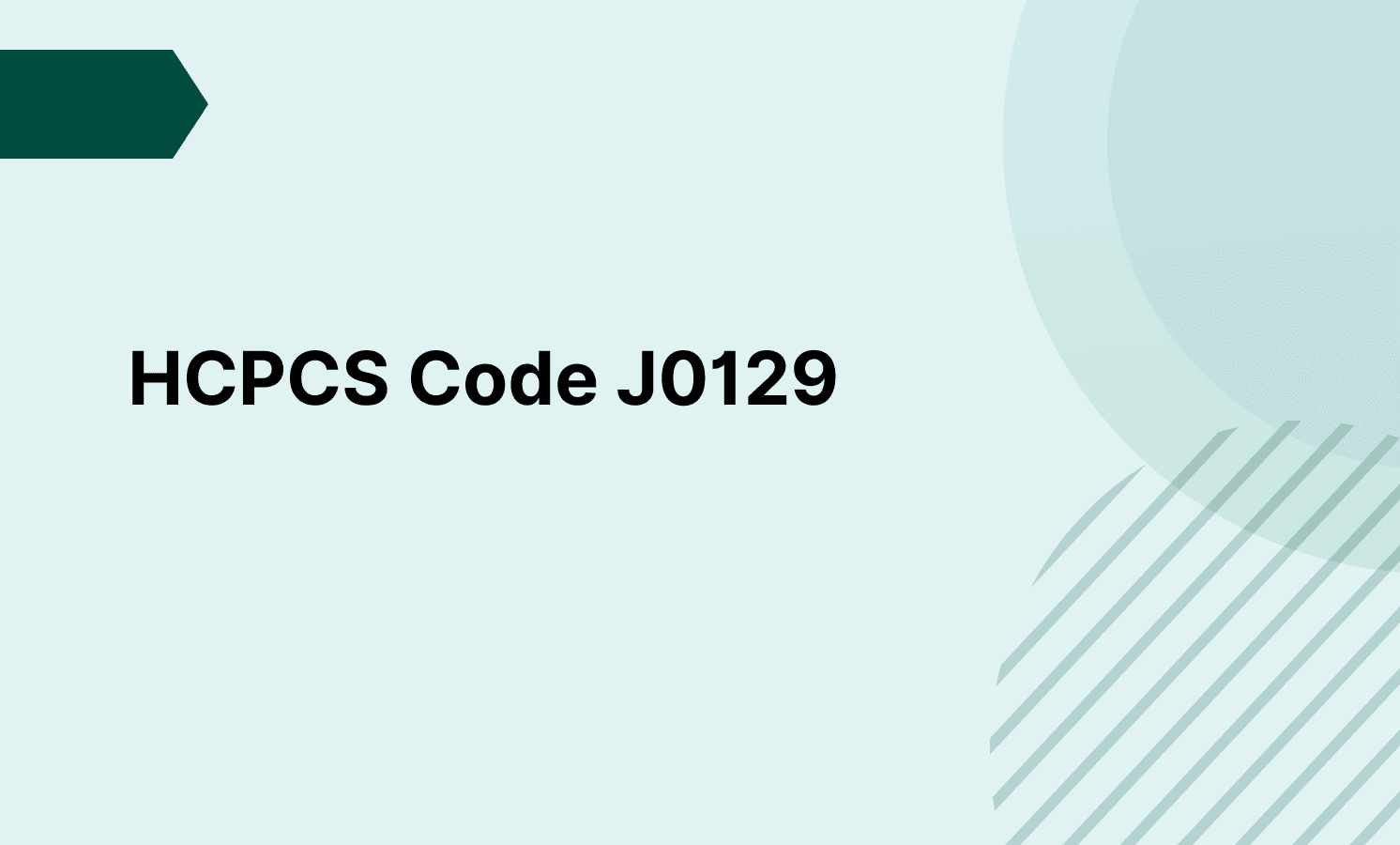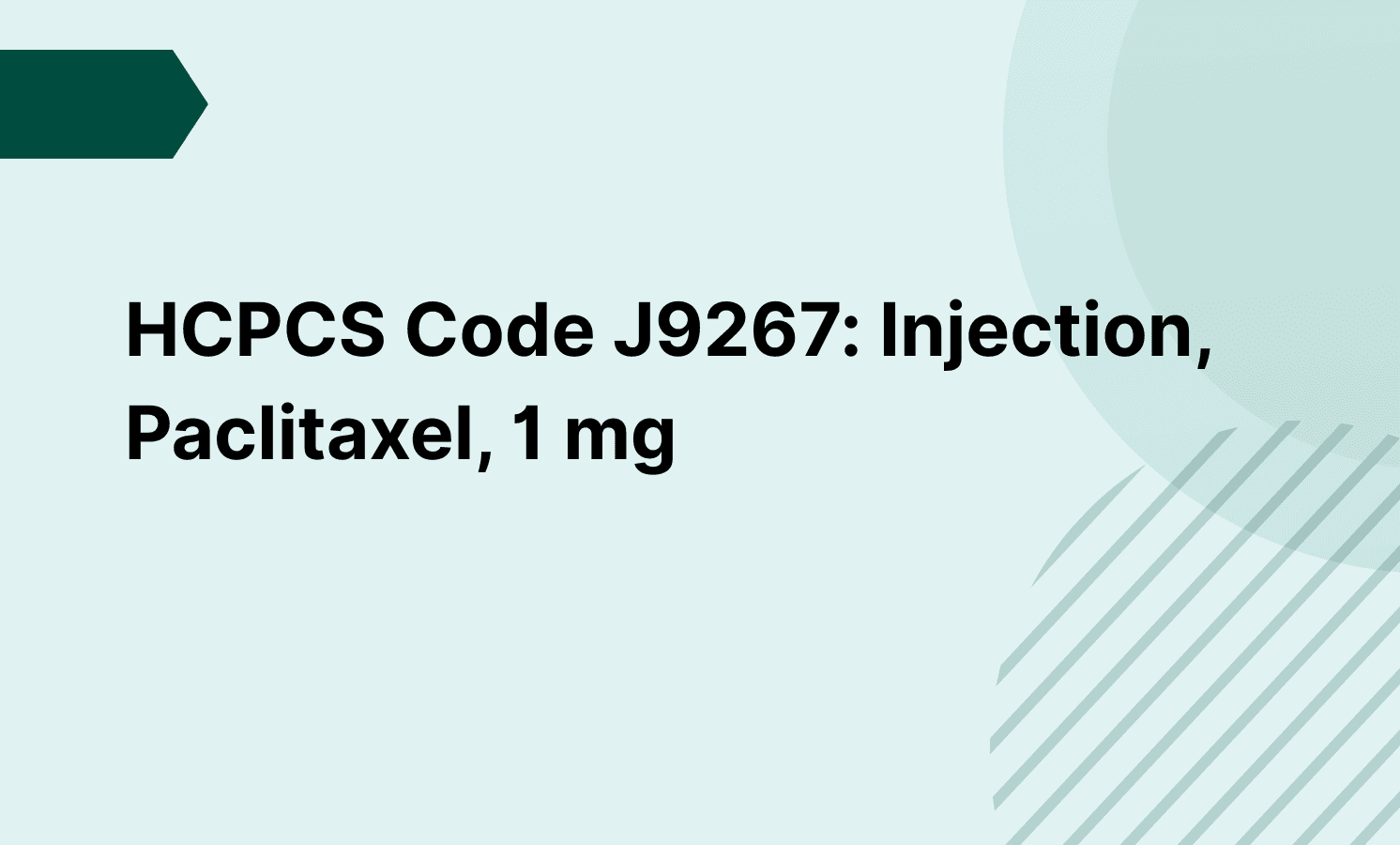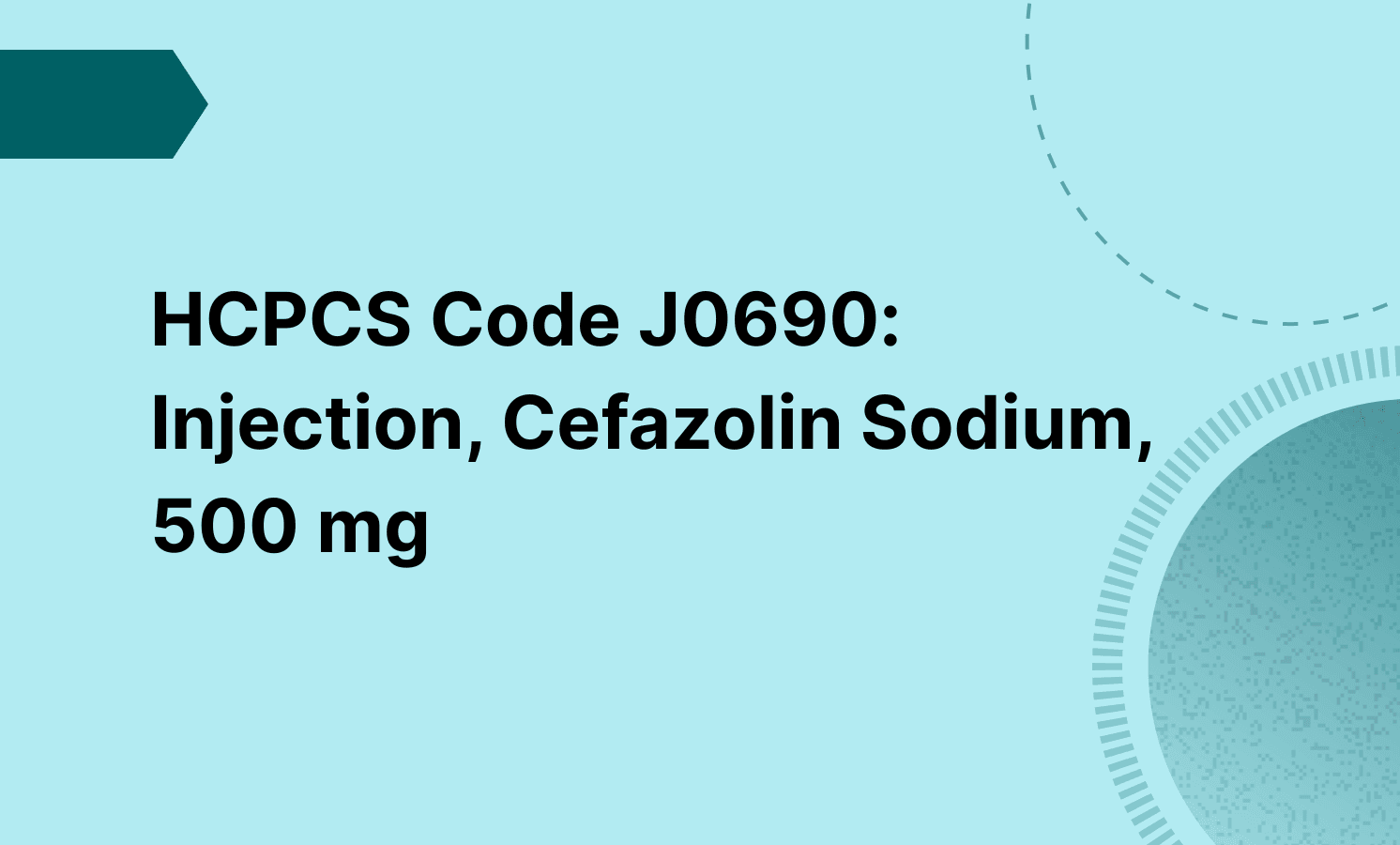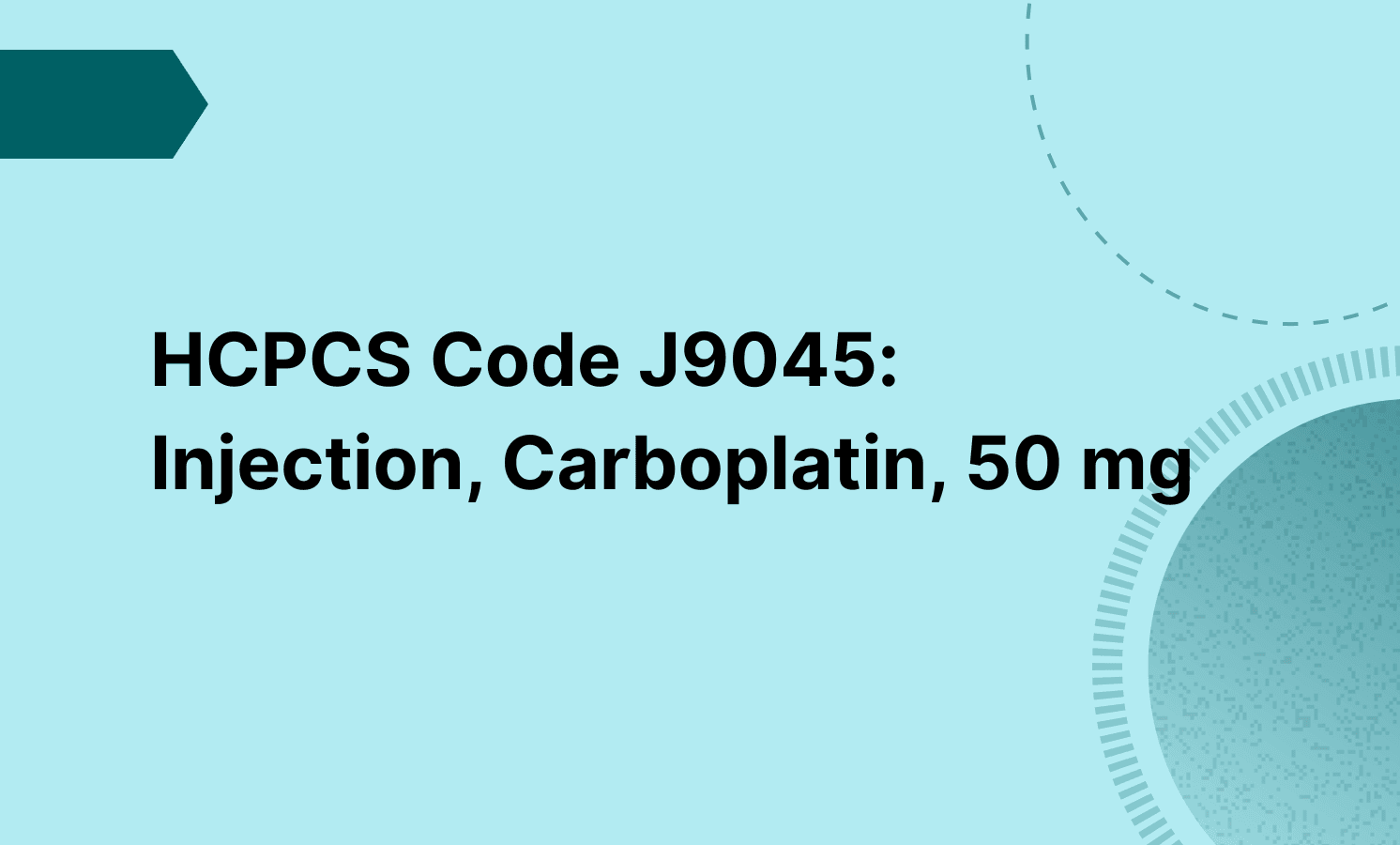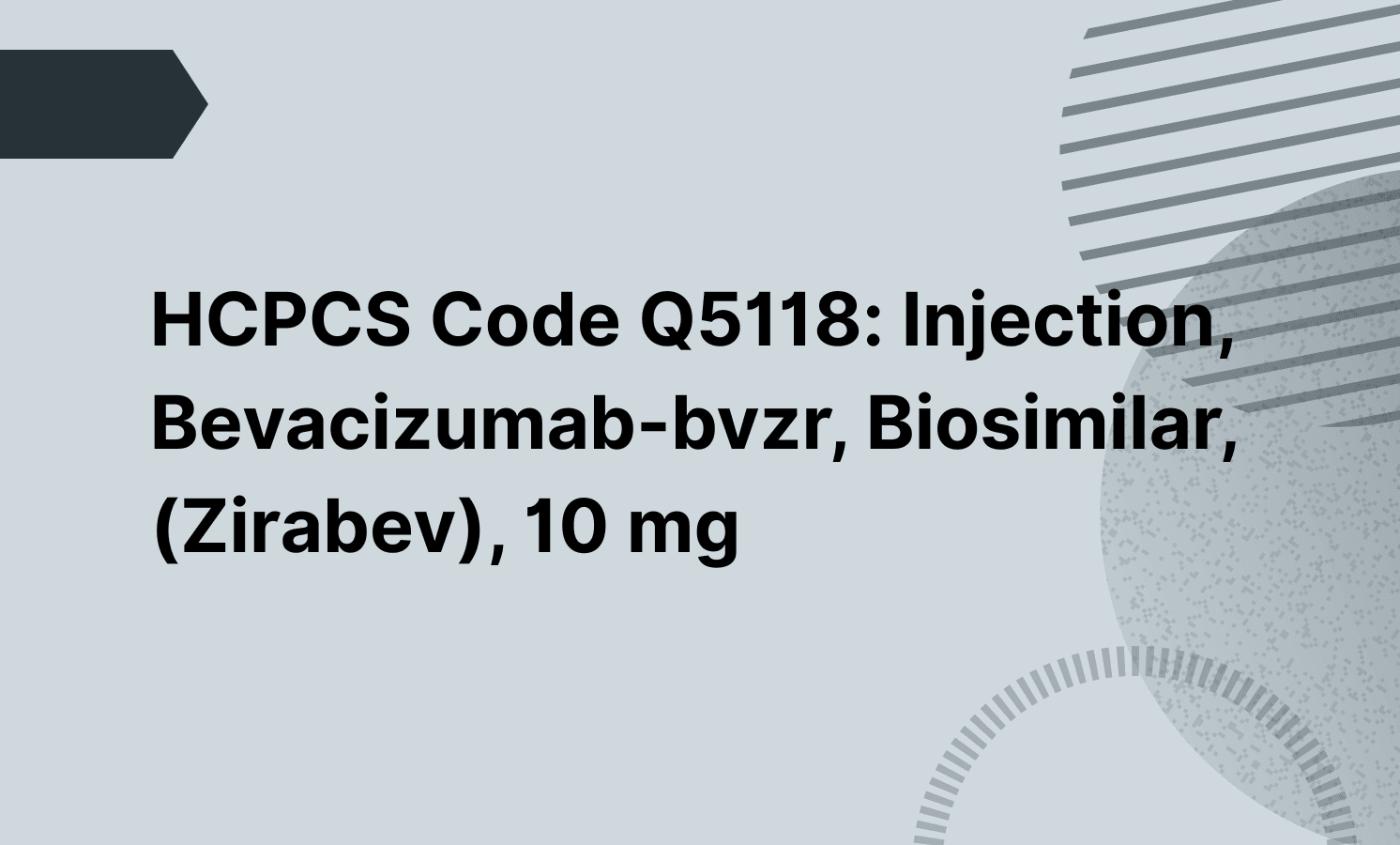The difference between CPT codes 94010 and 94060 lies in whether bronchodilator medication is involved: 94010 is used for spirometry testing without bronchodilator administration, measuring lung function such as total and timed vital capacity and expiratory flow rates, while 94060 includes spirometry performed before and after bronchodilator administration to assess bronchodilation responsiveness, encompassing pre-, during, and post-bronchodilator measurements as a single unit.
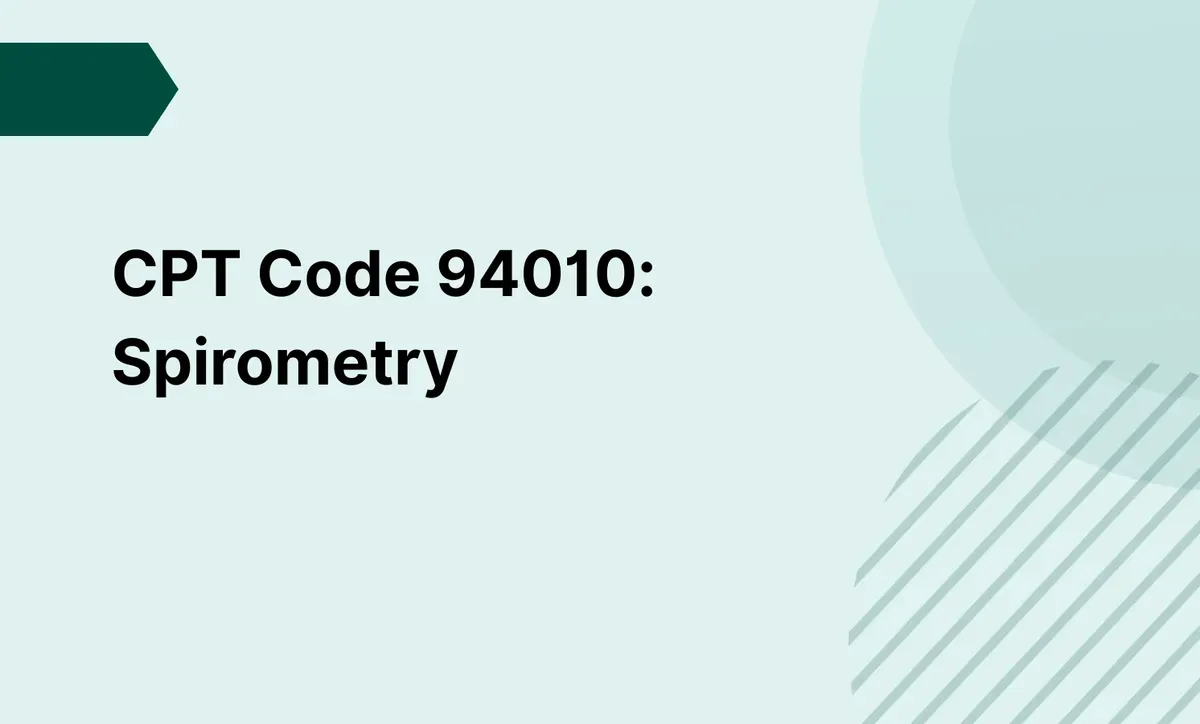
CPT Code 94010: Spirometry
Gain more insights about the 94010 CPT code for pulmonary function testing, its applications, coding guidelines, and billing tips.
Frequently asked questions
The CPT code for a nebulizer treatment is 94640, which covers the administration of aerosolized medication via a nebulizer device to deliver respiratory therapy.
For spirometry testing, the primary CPT code is 94010, which includes the measurement of lung volumes and flow rates with or without maximal voluntary ventilation, and is used when no bronchodilator is administered; if bronchodilator responsiveness testing is done, code 94060 applies instead.
EHR and practice management software
Get started for free
*No credit card required
Free
$0/usd
Unlimited clients
Telehealth
1GB of storage
Client portal text
Automated billing and online payments

